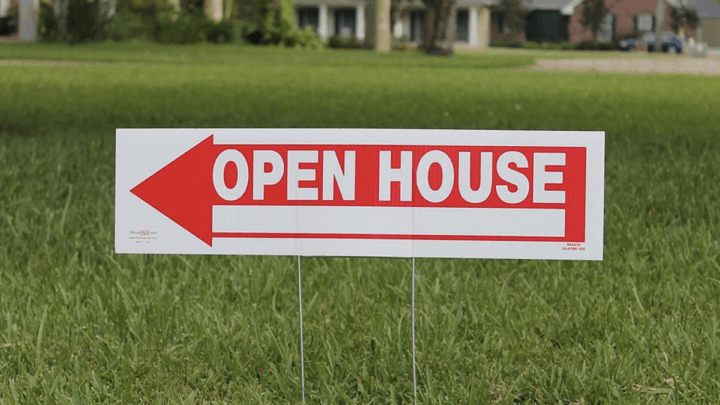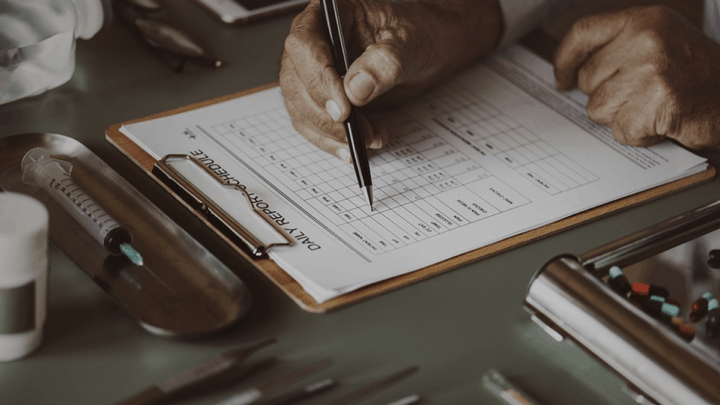The Ultimate List of 35+ Student Discounts in Australia
As a student, every single dollar counts and saving money is the way to go in student life. So we complied a list of student discounts in Australia that will have to save money on your essentials and other activities.
Here is a list of various retailers, food outlets and other organisations giving student discounts in Australia. At the moment, there are 30 on the list, with more being added regularly. Before we get started though, here is a shameless plug from us:
OSA ISIC Card
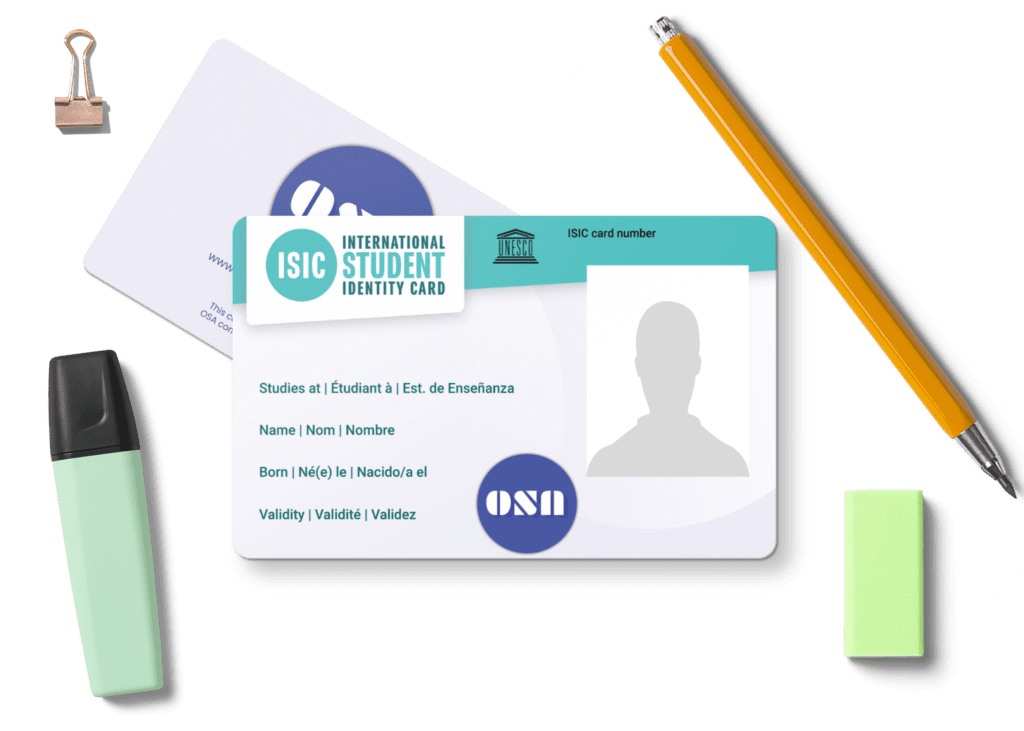
The OSA International Student Identity Card (ISIC) allows students to get over 150,000 discounts on shopping, travel, and entertainment worldwide. A one-year ISIC virtual membership costs $30AUD but as we love you so much (you know we do, right? 😉 ) so we have got a better deal for you.
Our OSA ISIC costs $36 $29.90 (cheaper than original ISIC Card) and it includes ISIC Extra’s ( which is usually $11 extra). So for less than $2.50 per month, you will get to access standard ISIC deals but additionally, you will get student discounts on your favourite stores like JB Hi-Fi, McDonald’s, Coles, Pizza Hut, KFC and thousands of takeaway and dining options in Australia.
Buy your OSA ISIC card here.
Electronics
1. Apple Student Discount
Apple is one of the most popular tech companies among students in Australia and they do have educational pricing (student discounts) available for students in Australia on most of their popular products like Macbooks, IMac, Ipad and iPhone etc.
Keep an eye on Apple’s special student offer at the start of the uni year, when they offer free headphones when buying a mac or ipad. We have covered the step by step guide on how you can save money on buying Apple products as a student here. (We are sure you will love reading ways to save more money on Apple products there).

2. JB Hi-Fi Student Discount
JB Hi-Fi is one of the most popular electronics store in Australia. They have a dedicated portal on their website for student discounts where you can select the discounted offers and range of other offers for laptops, phones etc. If just want to see all the deal available, then you can click here for that.
Btw, OSA ISIC members get 5% discount on their JB Hi-Fi gift cards. Check here.

3. Amazon Student Discount
In UK, US and some other countries, Amazon has a very generous student offer that include 6 month free trail and further 50% after the trail ends. But at the moment, there is no student discount for the prime membership for students in Australia. We will keep you up to date once the discount is available in Australia. You can check prime membership in Australia here.

4. Officeworks Student Discount
Officeworks provides low prices for all the study and work related stationary, furniture, electronics and pretty much everything you need for work and study. They also run special students discounts using their Back to school or Back to uni campaigns. You can check the all the student discounts and offers here.

5. Harvey Norman Student Discount
Another popular store for your electronics needs as a student is Harvey Norman. They also run promotions for student discounts at the start of the each school and uni semesters. So keep an eye on the special deals. You can visit the dedicated portal for students on their website.
You can further save money by stacking 4% off Harvey Norman eGift Cards if you become OSA ISIC member.
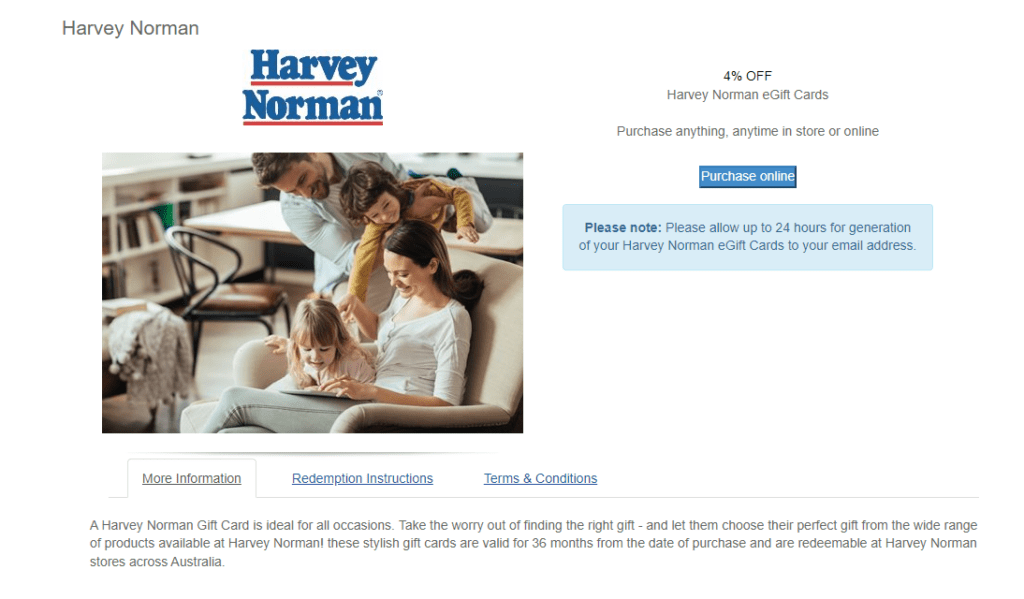
6. Lenovo Student Discount
Lenovo has great deals on student discounts. At times, the student discount can be up to 50% off the retail prices that includes laptops, desktops and accessories. You can check the Lenovo student discount on Lenovo’s website.

7. HP Student Discount
Another popular brand for the students and they have range of electronics on special deals and offers for the students using their dedicated education store here. You must have an edu email to access the student offers.

8. DJI Student Discount
We have a dedicated student discount for DJI products on our website. Get a 10% off on Mavic Mini and other DJI products here.

9. eBay Student Discount
EBay is known worldwide for their lowest prices but from time to time they also launch the exclusive discount codes for the students, where you can save further 10% to 15% off the items purchased on their platform.

10. Catch.com.au Student Discount
One of the biggest online retailers in Australia, catch.com.au sell everything you need, from electronics to groceries, and you can now save up to 15% when you signup here.

11. Huawei Student Discount
Huawei provides latest gadgets like smartphones, wearables, laptops and accessories at very competitive price. For a limited time, you can score up to 15% on various products using this here.

Fashion
12 Iconic Student Discount
Iconic is Australia’s favorite online fashion retailer. They offer a range of fashion clothing and accessories that suit the taste of students. They offer various student offers with up to 50% off regular prices here.

13. Boohoo Student Discount
Boohoo is a popular female fashion retailer with focus on youth fashion apparel and accessories. Unlock 55% off on dresses and shoes by clicking here.

14. Valleygirl Student Discount
Valleygirl focus on the newest trends, styles and looks you see on the catwalks and fashion magazines for the girls and the ladies. Save up to further 10% on your orders at Valleygirl. Check the Student Beans website for details.

15. Specsavers Student Discount
If you need contact lenses or glasses, then look no further than Specsavers. Unlock $100 off Glasses when you buy one pair from the $199 range and above at Specsavers.
You can also get 10% off on your contact lenses as well by clicking here.

16. Temt Student Discount
TEMT offers modern style for fashion savvy young women who value cutting edge design and know what they want. Unlock 10% student discount at TEMT by checking them on Student Beans website.

17. yd. Student Discount
yd. offer trendy, stylish yet affordable clothing for men. So if you are after a casualwear for parties or a formal dress for a work look no further than this popular youth brand in Australia. Get up to 75% off + additional 10% student discount when shopping at yd. through Student Beans.

Phone Plans
18. Telstra Student Discount
Telstra is considered to be the best phone networkin Australia. Telstra offer up to 10% student discount visa their website here. You must have a edu.au email address to access their student discount.

17. Optus Student Discount
Optus gives 10% off to the students via their students hub. You will need to validate your email and choose a plan using the link given above for exclusive student discounts and offers.

18. Vodafone Student Discount
Vodafone is very famous among student community in Australia due to it’s low prices and roaming offers. Vodafone offers not only discounts to the student on their sim plan but roaming and unlimited data pack options as well. Check them out here.

Entertainment
19. Hoyts Student Discount
Hoyts does not specifically provide discount to student anymore but from time to time they offer a generous discount on various websites like Scoopon and Groupon.
You can also get a $12.50 Hoyts standard tickets if you are using Optusperks app. Check more details here.
Hoyts has also introduced a single ticket pricing (one ticket price for all ages) and saver/super saver sessions that run 7 days a week than just Super Tuesdays.
If you are OSA ISIC member, then you can get $14.50 adult tickets and $11.50 child tickets here.
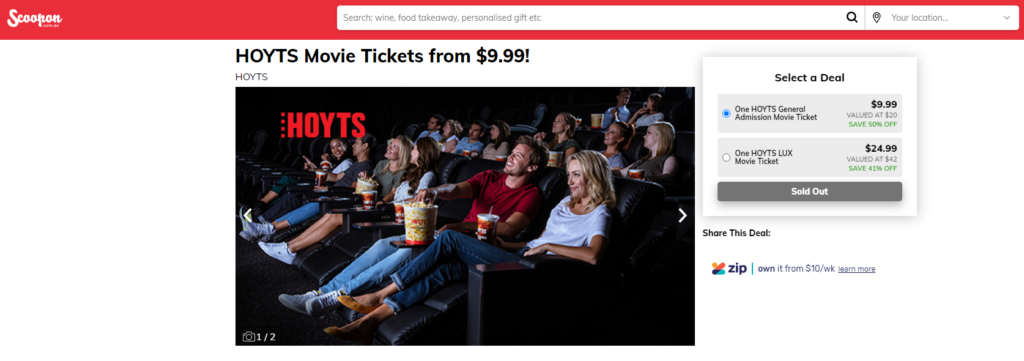
20. Village Cinema Student Discount
Like Hoyts Cinema’s, there are no student discounts available for students at Village Cinema’s as well but you can always use the Vrewards program and get a discounted tickets.
Also, if you are member of some organisations like RACV, then you can get the standard tickets starting at $9 per session for standard tickets
OSA ISIC members get a discount on Village Cinema tickets also. Adult tickets from $15.50
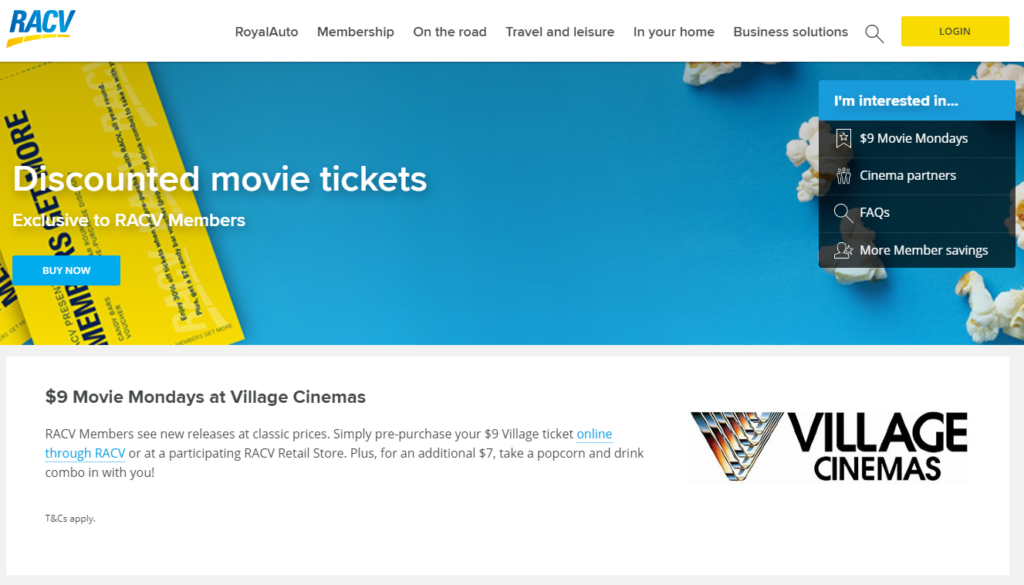
21. Strike Student Discount
Looking for some indoor fun with mates? Head to Strike and get a student discount with $8 bowling sessions from Monday to Thursday before 5pm here.
Strike offers various fun activities from bowling to laser tag, karaoke to Exitus escape rooms – there’s no shortage of fun at Strike’s 14 venues across Australia.
If you would like to get one complimentary FULL PRICED GAME (including shoe rental) for up to FOUR PEOPLE when another FULL PRICED GAME of equal or greater value is purchased, then OSA ISIC card is your best friend. Check the details here.

22. Holey Moley Mini Golf Student Discount
Holey Moley Golf Club – a cocktail bar, mini-golf course, work of art and all-out cool hub rolled into one brilliant venue. Get a $9 mini golf anytime before 5 pm from Monday to Thursday here.

Travel
23. OSA Students Flights & Hotels Discounts
Travelling is one the most popular activity among students. Whether, you are planning to travel interstate within Australia or overseas or just want to go back, we have got your back for that.
Check the latest discounts, offers and deals for student flights, hotels and car rentals from our website here.
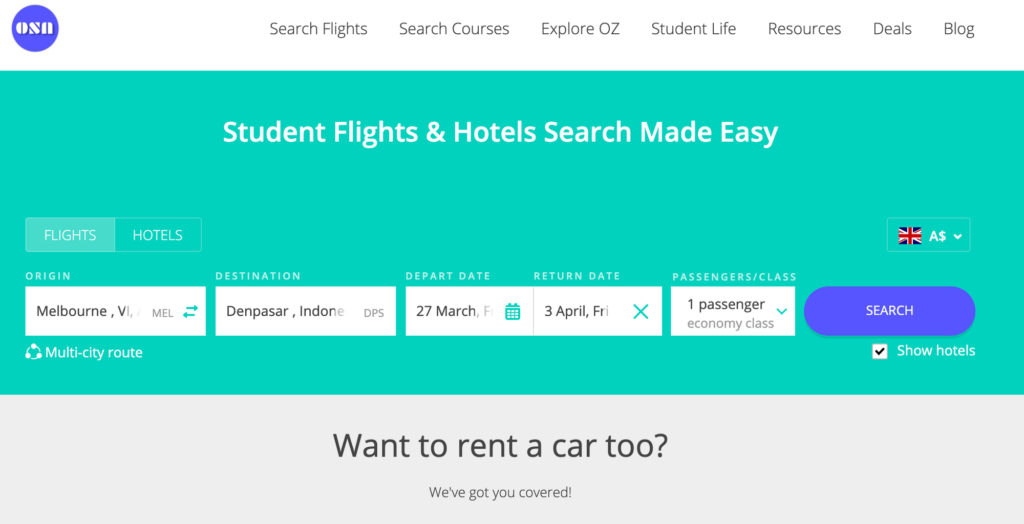
24. Flight Centre
Get 10% off your selected airlines and travel with Flight Centre.
Make sure to grab your OSA ISIC card to access this special discount here.
Subscriptions
25. Spotify Student Discount
Spotify offer 1 month free trail to students and then a premium account for a discounted rates at $5.99 per month. You can access this offer from Spotify here.

26. Apple Music Student Discount
Apple has announced a free Apple TV+ plan with any Apple Music Student Plan along with 3 months trail and discounted offer at $5.99 per month. More details are here.

Food
27. Dominos Student Discount
Dominos Pizza needs no introduction, especially when you are a student. Their pizza’s are famous for any catch up with friends. Dominos offer generous discounts to students , you can get up to 33% off your orders when signing up here.
28. Grill’d Student Discount
Grill’d Burgers offer a free drink for students between Monday to Wednesday. You will need to join their reward program to get the Free drink here. They also give free chips after second visit, free drink after your 5th visit and your birthday for joining the relish reward program.

29. Uber Eats Student Discount
Uber Eats is probably one of the most favorite app for students in Australia to order food. Luckily, Uber Eats offer discount when you signup using the existing code/s from the current users. Get $10 off your first Uber Eats order of $20 or more using the link here.
If you want to drive with Uber Eats, then you can sign up here.
30. McDonald’s Student Discount
Some of the best student discounts can be found in McDonald’s app.
But if you want to get a one complimentary CHEESEBURGER when another CHEESEBURGER of equal or greater value is purchased, then check the deal here. (It goes without saying that it is a part of OSA ISIC Card).
31. KFC Student Discount
KFC launches various coupons during the year.
But our OSA ISIC card covers different KFC offers for various cities in Australia. For example, students in South Australia can get One complimentary TWISTER when another TWISTER of equal or greater value is purchased, One complimentary ORIGINAL RECIPE BURGER when another ORIGINAL RECIPE BURGER of equal or greater value is purchased and last but not the least One complimentary KRUSHER when another KRUSHER of equal or greater value is purchased. Details here.
But students in ACT, VIC and TAS gets the following KFC offer: One Complimentary upsize when any Burger Combo, Kentucky Nugget Combo, Original Tenderloins Combo or Twister Combo is purchased. Details here.
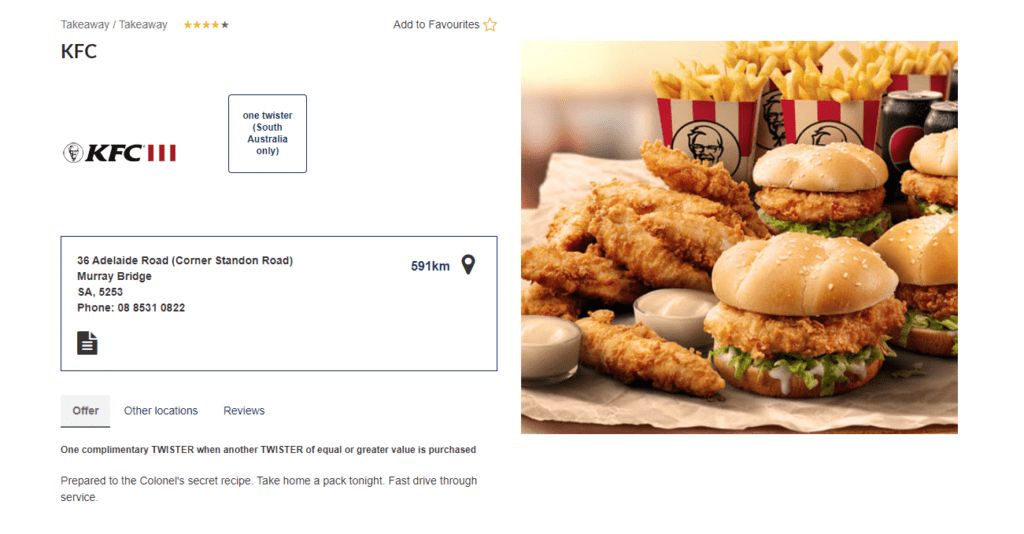
Softwares and cloud services
32. Microsoft Office 365
Students and educators at eligible institutions can sign up for Office 365 Education for free, including Word, Excel, PowerPoint, OneNote, and now Microsoft Teams, plus additional classroom tools. Use your valid school email address to get started today here. Make sure your educational institute is eligible for this free access.
33. GitHub Student Developer Pack
This pack gives access to 12 months of free access to GitHub Pro, Partner offers (like 12 months Free Canva Pro + more) and GitHub Campus Expert training for qualified applicants. Check out the pack here.
34. Notion
Notion offers a free Personal Pro Plan for students and educators. This lets you collaborate with unlimited guests and gives you version history. Sign up with your school email address here.
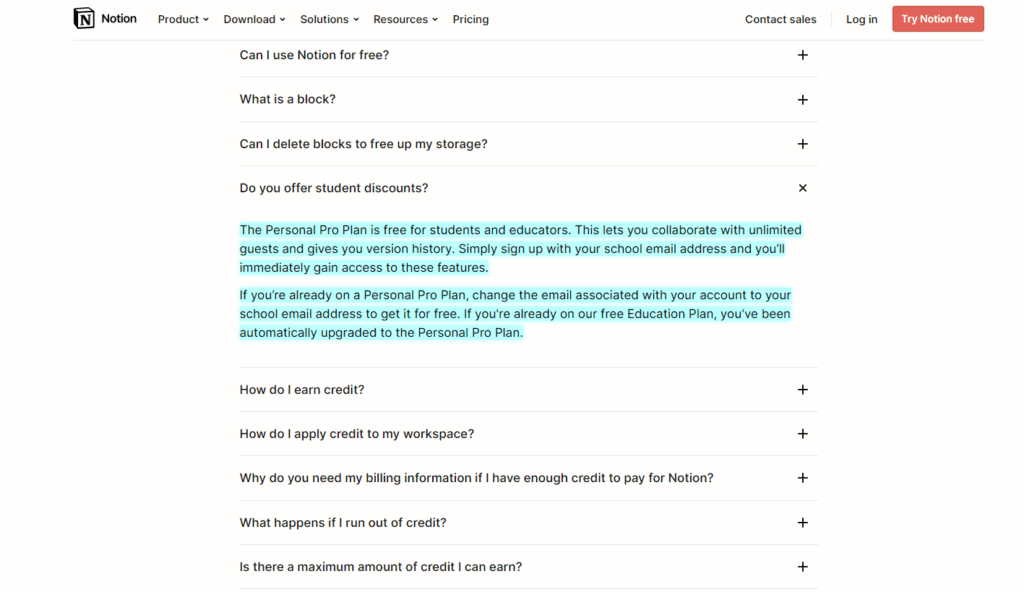
35. JetBrains
Free Educational Licenses for students and educators. The license may be renewed free of charge as long as you are a student or a teacher. Apply here.
36. Other Student Discounts
There are many more discounts on items like health and fitness, fashion, tech, entertainment, food and travel, you can access through OSA ISIC Card. Get your card on overseasstudentsaustralia.com
So these are the top student discounts in Australia for international students. Which one are you looking for? We look forward to your comments below.
If you want to save more money as a student in Australia, then you will definitely want to read on for these 60+ amazing saving tips here.


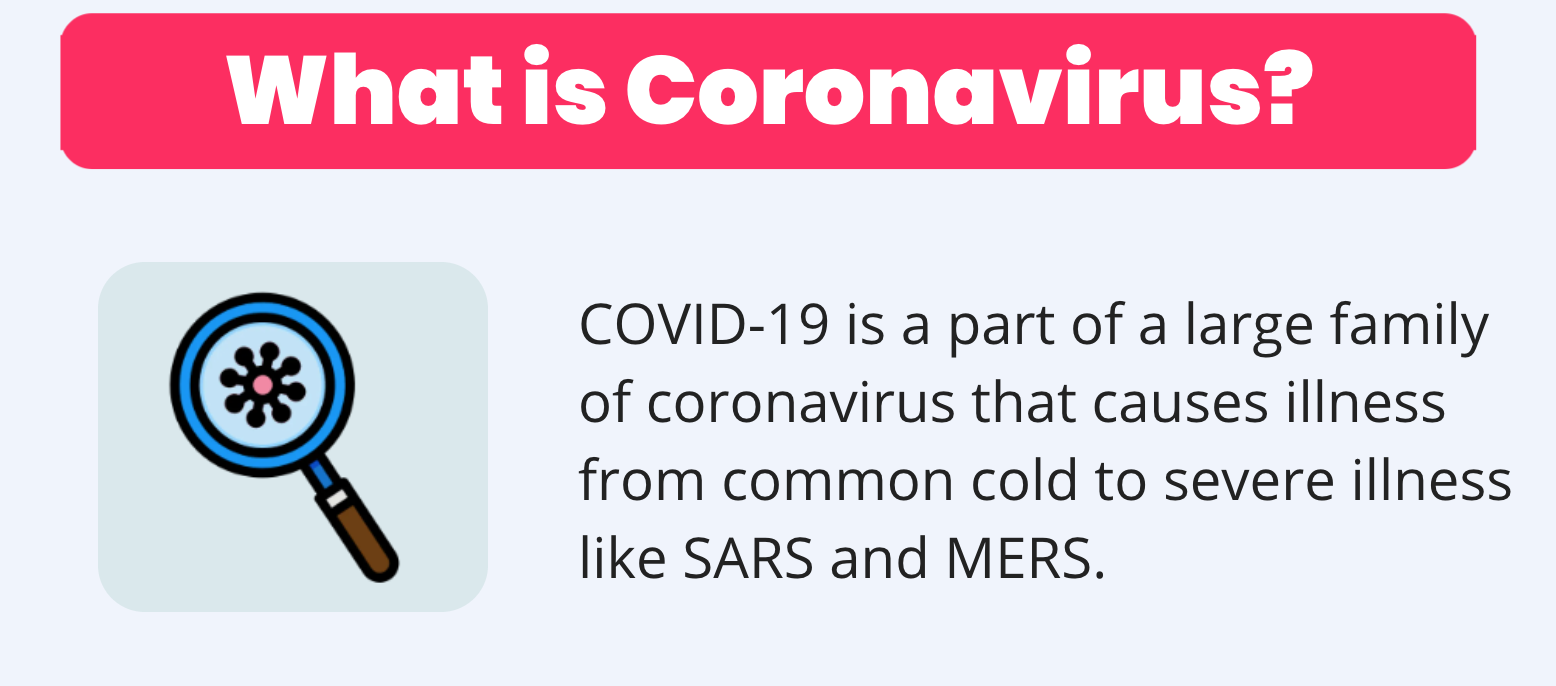 Where did it start?
Where did it start?
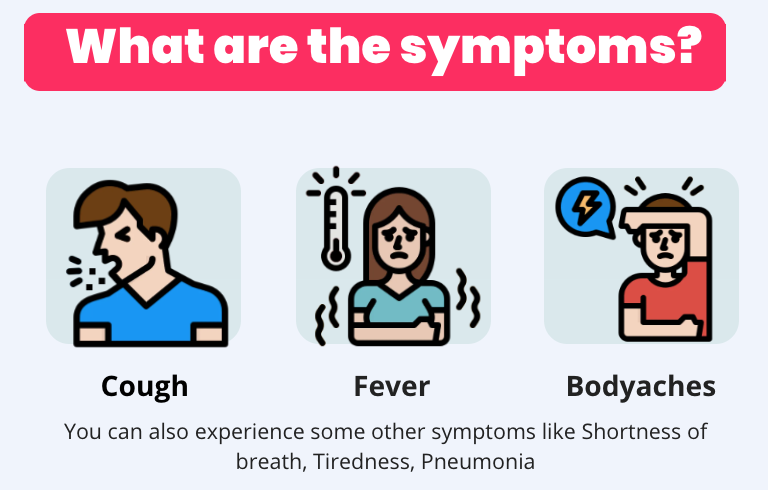 How to avoid Coronavirus?
How to avoid Coronavirus?
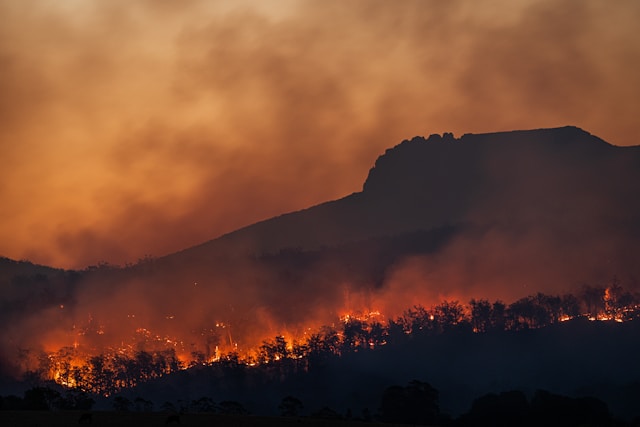
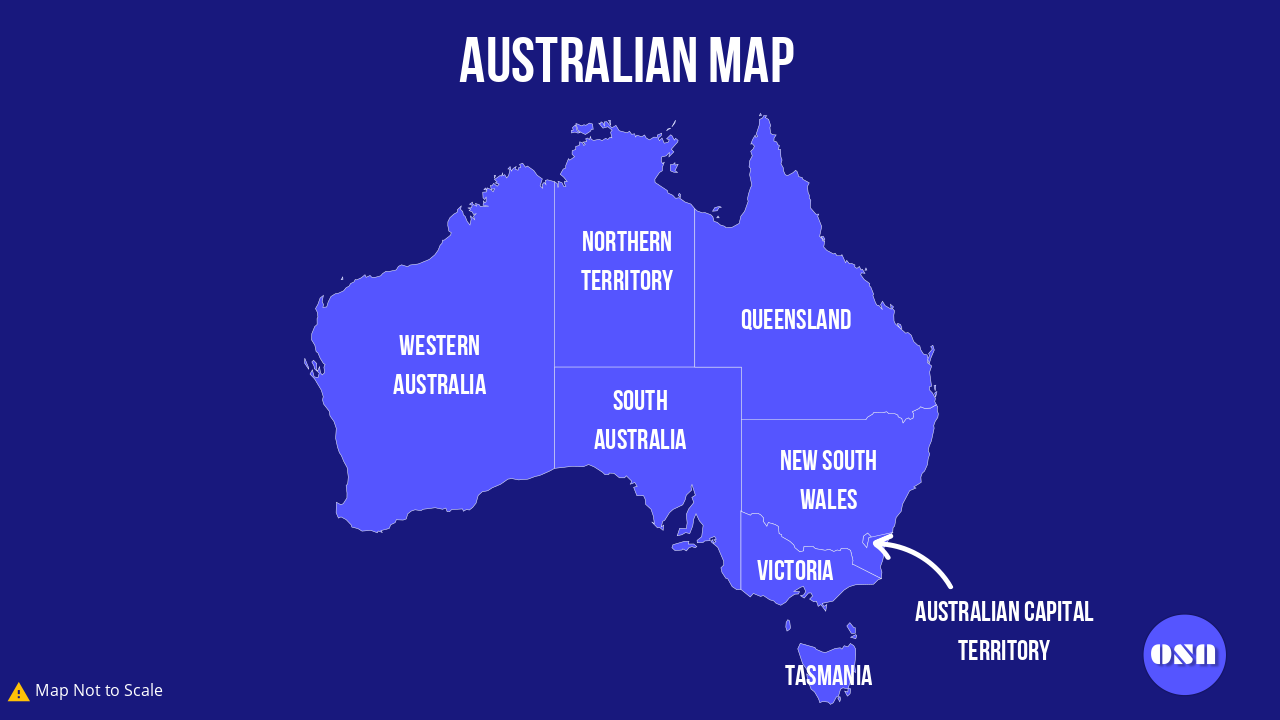

 So you have landed to study in Australia but you don’t know anyone here. You don’t know how to get around and worried about making friends. So in this article, we are looking at 10 ways on how to make friends in Australia as an international student.
So you have landed to study in Australia but you don’t know anyone here. You don’t know how to get around and worried about making friends. So in this article, we are looking at 10 ways on how to make friends in Australia as an international student.


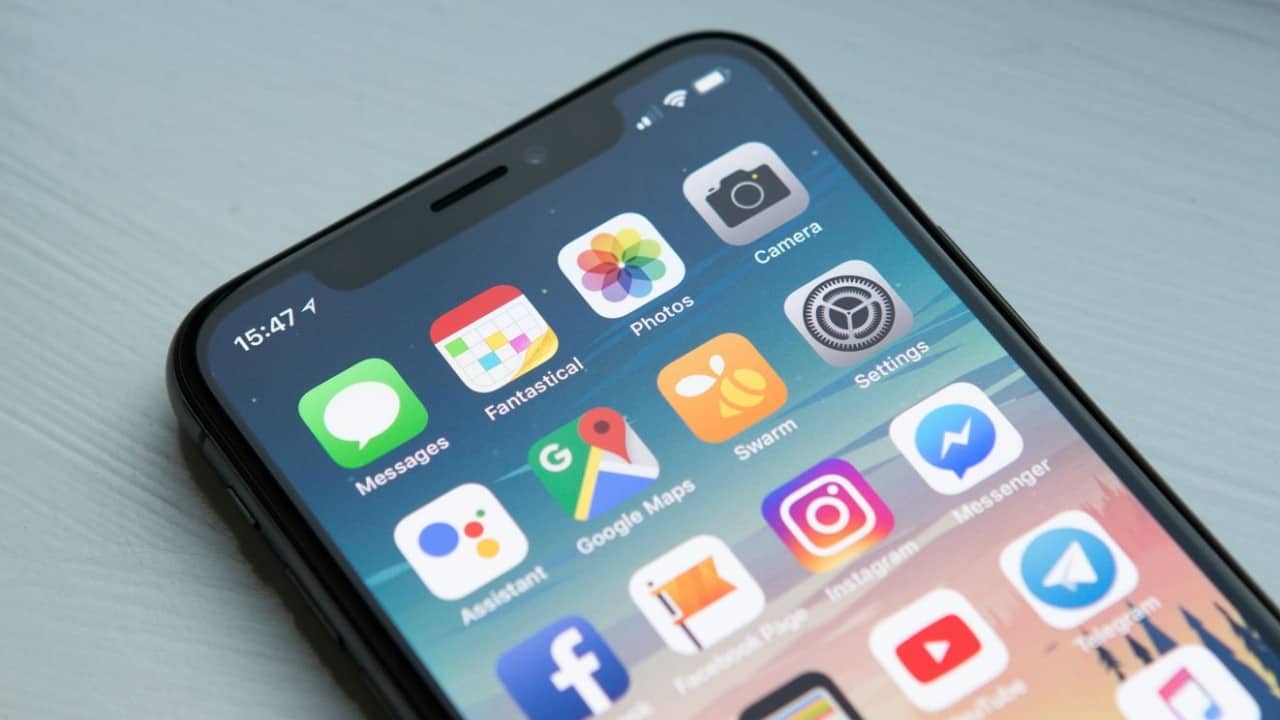


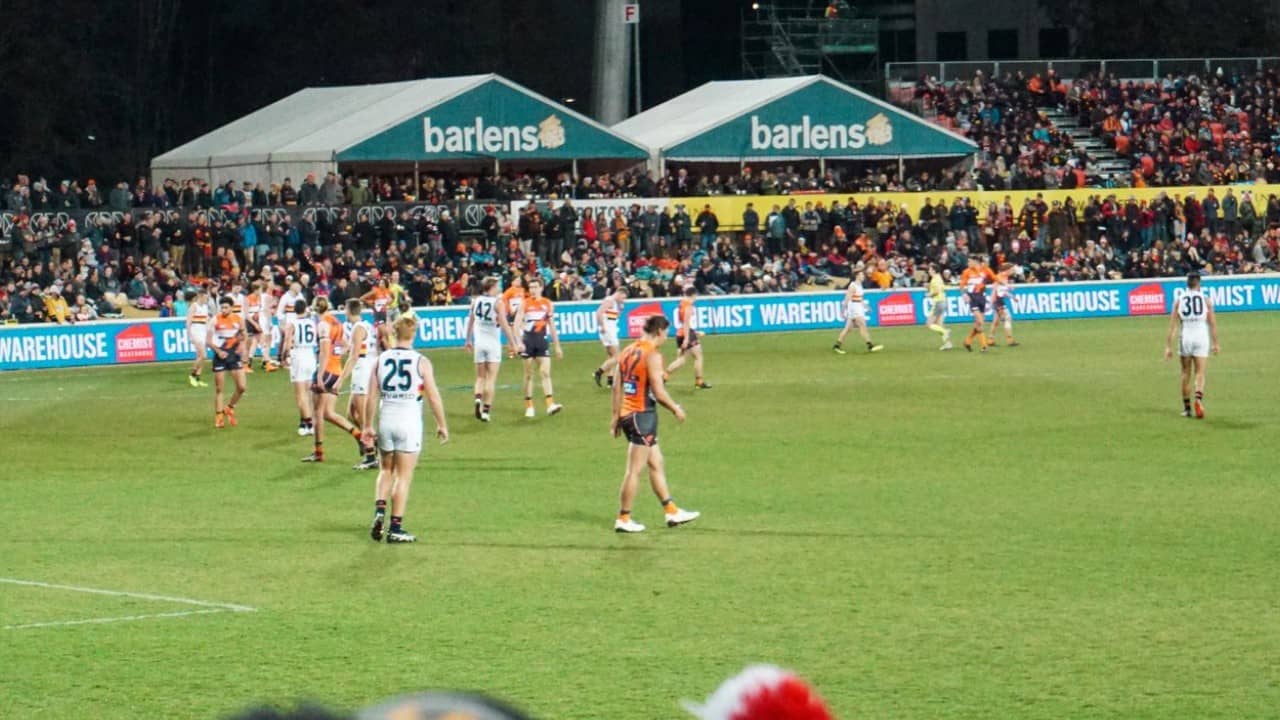








 There are many vegan and vegetarian-friendly groceries and supermarkets available in Australia. All the major supermarkets in Australia have products meeting the needs of vegans and vegetarians. You can easily find a substitute for any food item. Almond milk, tofu, vegan burger, vegan tacos, and even vegetarian sushi.
There are many vegan and vegetarian-friendly groceries and supermarkets available in Australia. All the major supermarkets in Australia have products meeting the needs of vegans and vegetarians. You can easily find a substitute for any food item. Almond milk, tofu, vegan burger, vegan tacos, and even vegetarian sushi. 
 Although, we suggest you check more restaurants and eating places for vegans and vegetarians in your city using one of the apps or websites mentioned above. Here, we are giving a list of popular food chains that you can find vegan or vegetarian food (pretty much) throughout Australia. Most of these restaurants can be found in all major metro and regional cities.
Although, we suggest you check more restaurants and eating places for vegans and vegetarians in your city using one of the apps or websites mentioned above. Here, we are giving a list of popular food chains that you can find vegan or vegetarian food (pretty much) throughout Australia. Most of these restaurants can be found in all major metro and regional cities. 


